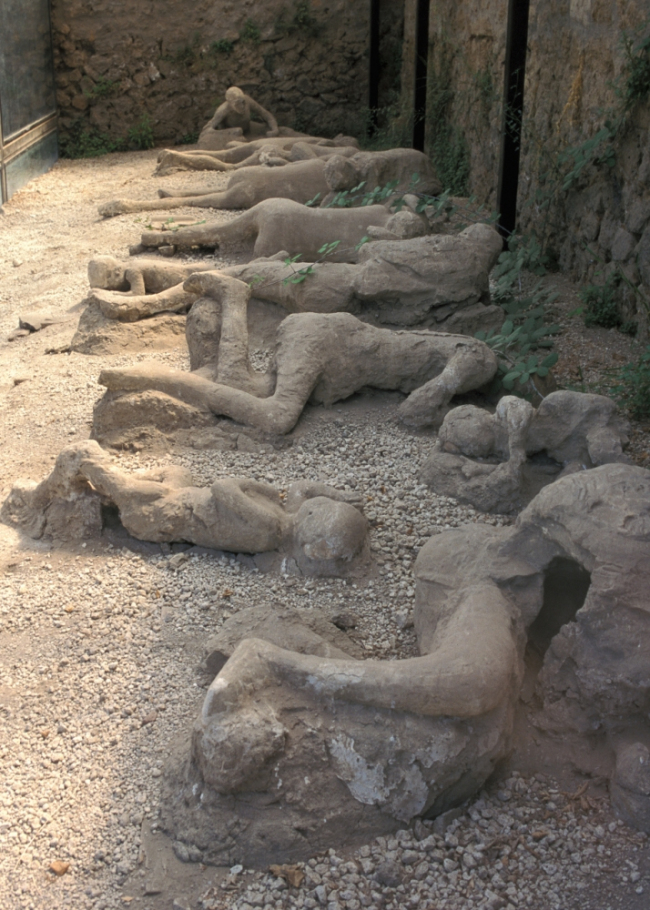
Archaeologists Uncover Intact 3,500-Year-Old Wooden Spade in British Marshes

**Ancient Wooden Spade Discovered in Poole Harbour Offers Vital Insights into Bronze Age Wetland Culture**
Recent digs at The Moors in Arne, spearheaded by Wessex Archaeology, have revealed one of the most ancient and intact wooden implements found in Britain—a spade estimated to be around 3,500 years old from the Middle Bronze Age. This extraordinary artifact provides valuable new information about how Bronze Age societies along England’s southern coast engaged with wetland ecosystems, granting a unique insight into their tools, daily routines, and land management practices.
### A Unique Archaeological Discovery
Encountering ancient pottery or stone artifacts during archaeological excavations is common, but discovering a well-preserved wooden tool is exceptionally rare due to the material’s natural tendency to decay over time. Organic elements like wood typically do not withstand the ages unless preserved under specific circumstances. Luckily, the waterlogged conditions at the excavation site bordering Poole Harbour fostered an anaerobic atmosphere—one in which the absence of oxygen contributed to the preservation of this wooden spade. The fortunate survival of such a piece holds great archaeological importance.
Edward Treasure, an environmental archaeologist with Wessex Archaeology, conducted the examination of the spade. Reflecting on the find, he highlighted the critical moment when his team recognized its significance. “As soon as the spade began to emerge, the team onsite understood it was a remarkable artifact. Now that we’re able to study it in the lab, we’re starting to uncover its narrative,” Treasure said in a [statement](https://www.wessexarch.co.uk/news/archaeologists-uncover-one-oldest-and-most-complete-wooden-tools-ever-found-britain). “Crafted from oak, and with radiocarbon dating confirming it to be approximately 3,500-3,400 years old, it is undoubtedly situated in the Middle Bronze Age. This is an incredibly thrilling moment, and we eagerly anticipate revealing more insights as the process unfolds.”
### Residing in the Wetlands: An Adaptation Challenge
In the Middle Bronze Age, around 1500-1200 BCE, the Arne Moors would have undergone seasonal changes—flooded during winter and parched in summer. This fluctuating environment likely made permanent settlement difficult, leading archaeologists to surmise it was unsuitable for long-term residence. Instead, Bronze Age communities would have periodically visited the area to exploit its rich natural resources.
The circular ditch where the spade was found suggests to archaeologists that it may have served as a central resource center for ancient inhabitants. Wessex Archaeology hypothesizes that it could have had various functions, such as peat cutting and drying, providing grazing land, or serving as a spot for fishing, hunting, and gathering things like rushes for thatching or basket weaving. This underscores the notion that Bronze Age peoples had an adept understanding of utilizing the seasonal rhythms of the landscape, adjusting their activities to fit the dynamic wetland conditions.
### Connecting Past with Present
The discovery of the wooden spade acts as a tangible connection between past and present, showcasing how ancient societies utilized their environment to sustain their lifestyle. The tool, meticulously preserved for future examination, is expected to yield further insights into Bronze Age craftsmanship and the use of natural materials like oak in tool creation. The process of preserving and studying the spade is ongoing, and as more information becomes available, archaeologists are keen to learn how this simple yet ancient implement integrated into the broader narrative of Bronze Age existence in the region.
Greg Chuter, who oversees archaeological initiatives at the Environment Agency, conveyed enthusiasm about the discovery and its potential to deepen understanding. “The spade forms a captivating part of the narrative, and as research progresses, we anticipate investigating the connection between the spade and the ditch, alongside what additional insights they can provide regarding life at Arne Moors 3,000 years in the past,” noted Chuter.
### Preservation and Upcoming Research
Having successfully recovered the spade from the site, it is now subject to a thorough conservation procedure. Specialists at Wessex Archaeology are focused on removing excess soil, stabilizing its structure, and preventing further degradation. Radiocarbon testing has confirmed the age of the piece, and samples from the spade are currently under analysis to learn more about its construction and functional use.
Additionally, modern digital tools such as 3D scanning are enabling archaeologists to produce intricate models of the spade, which will assist researchers in further investigation and provide the public with an interactive means to engage with the find. Digital modeling introduces the spade to the digital age, making it accessible to inquisitive individuals worldwide.
### Conclusion: Understanding Bronze Age Existence
The find